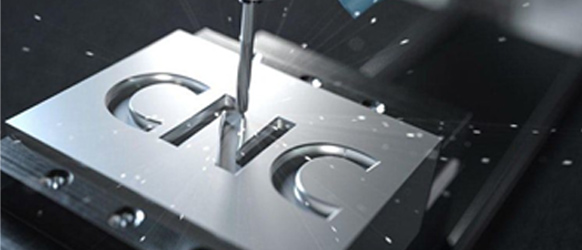- Base and Column
The other components of the milling machine are supported by the cast iron column and base. The oil and coolant system is normally housed in the column, which rests on the base. While the column bears the direct weight of the knee and work table, the base serves as the machine’s structural support for the entire load. Even after the most intense cuts, the weight of these two parts guarantees little vibration and excellent surface finishes.
- Knee
The knee is supported and moved up and down by an elevating screw, also known as a vertical positioning screw, that runs vertically from the base and is joined to the column by dovetail ways. Either a hand crank or an electrical motor can move the object vertically.
- The Power Feed System
The knee houses the power feed mechanism. The power feed mechanism is used to control longitudinal (left and right), transverse (in and out), and vertical (up and down) feeds. Feed rates are changed for some knee milling machines by turning the speed selection handle. Most milling machines have a rapid traverse lever to provide a temporary increase in the speed of the longitudinal, transverse, or vertical feeds.
4. Spindle
The spindle is one of the milling machine’s key components. Along with a drill chuck, collets, and other tool holders, it also retains and drives the cutting tools. In addition to performing side milling, flat milling, and several other forms of cutting that call for high-quality tooling, many vertical milling machines also serve as drilling machines.
The milling machine may carry out a variety of milling tasks, such as plane milling, surface milling, angular milling, groove milling, gear milling, and cam milling, thanks to the varying shapes and mechanical application methods of the milling cutters. Complex curves can be machined using a forming milling cutter, and a helical groove can be milled using an indexing head.


